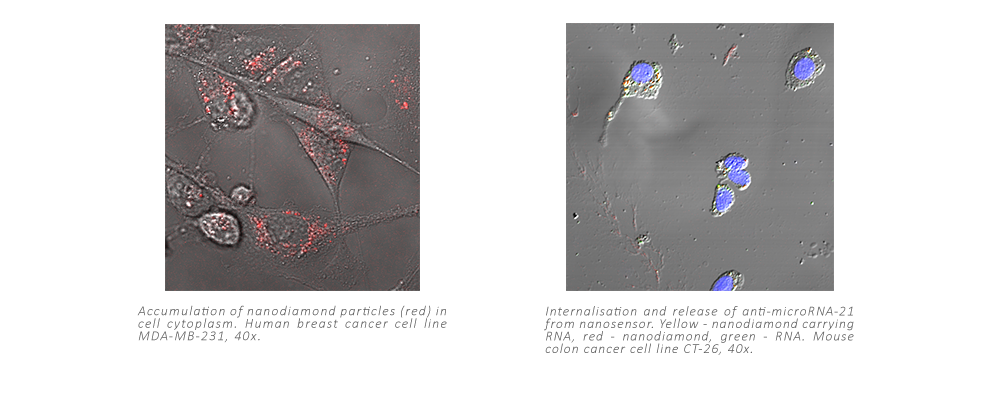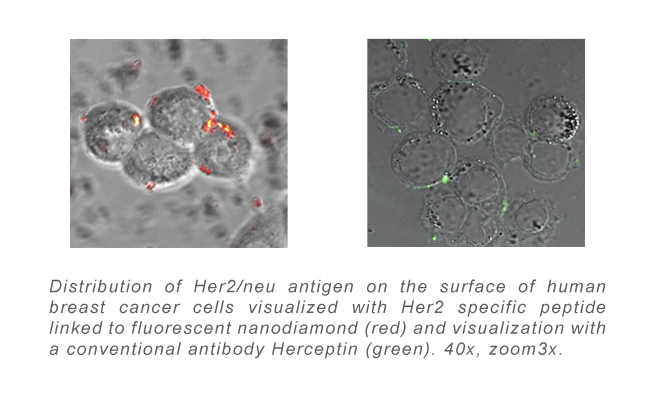Laboratory of Modulation of Gene Expression
Head of the Laboratory:
Ing. Miroslav Pátek, CSc.
Phone: 00420 24106 2398
Email: patek@biomed.cas.cz
Website: http://lab123.mbucas.cz/en/
| Ing. Miroslav Pátek, CSc. | Haed of the Laboratory |
| RNDr. Jan Nešvera | Scientist |
| RNDr. Václav Štěpánek, CSc. | Scientist |
| RNDr. Mária Brennerová, CSc. | Associated scientist |
| Ing. Lenka Rucká, Ph.D. | Associated scientist |
| Mgr. Michal Grulich, Ph.D. | Postdoctoral fellow |
| Mgr. Hana Dostálová, Ph.D. | Postdoctoral fellow |
| Andrey Rapoport | PhD student |
| Mgr. Robert Rädisch | PhD student |
| Jan Blumenstein | PhD student |
| Ing. Lukáš Plašil | PhD student |
| Guadalupe Sofie Meneses Zavala | Research assistant |
| Věra Reimannová | Technician |
| Anna Stachová | Technician |
Research work in the Laboratory of Molecular Genetics of Bacteria is focused on studies of bacterial strains, which can be used in synthetic and environmental biotechnology. We tackle the topics of basic research (regulation of bacterial gene expression, biosynthesis of new enzymes, genetic analysis of bacteria degrading toxic compounds). The obtained knowledge is then applied for construction of new strains producing biologically active compounds and strains degrading xenobiotics in the environment.
Basic research topics:
- Analysis of transcriptional regulation in Corynebacterium glutamicum aimed at functions of sigma factors of RNA polymerase and promoter activity control
- Development and use of the in vitro transcription system for Corynebacterium glutamicum
- Synthesis and use of the enzymes involved in nitrile metabolism from various sources (bacteria fungi, plants)
- Isolation, analysis and construction of the bacterial strains degrading phenolic compound in the environment (e.g. Rhodococcus erythropolis)
- Genetic analysis of bacteria degrading xenobiotics (petroleum hydrocarbons, polychlorinated biphenyls, and chloroethenes)
- Microbial bioremediation methods for biodegradation of persistent aromatic pollutants
- Assessment and prediction of natural attenuation processes in contaminated soil and groundwater
- Analysis of structure and function of Type I restriction-modification enzyme systems in Escherichia coli
- Function of restriction-modification enzymes as molecular motors
Nanomedicine
Head of the Laboratory: Veronika Benson, PhD.
Phone: +420 296 442 395
E-mail: benson@biomed.cas.cz
Website: lambi-research.com/
| RNDr. Veronika Benson, Ph.D. | Vědecký asistent |
| Ing. Marek Kindermann | Postgraduální student |
| Ing. Eva Neuhöferová | Odborný pracovník VaV |
| Ing. Marta Patrná | Laborant |
| Bc. Hana Freislebenová | Student |
The nanomedicine group focuses on alterations and targeting of RNA molecules involved in human pathologies (diabetes, neurodegeneration, and cancer). We combine basic RNA research with material science, cell biology, and drug development. We successfully use nanomaterial based on different diamond structures that are highly biocompatible and possess high potential for use in biomedicine.
Our work specializes primarily on nanodiamond particles and their use 1) as unique nanosensors that enable the dynamic monitoring of different elements (cells, molecules) in live systems and 2) as therapeutics carriers for conventional drugs or gene therapy. Here, we use different nanoparticle decorations to ensure their specific-cell targeting, therapeutic efficacy, and stealth properties of the whole system.
Furthermore, we investigate the properties of nanostructured diamond films in order to cell adhesion and neuronal regeneration. The nanodiamond films represent coatings of specific intracranial microelectrodes used for deep brain stimulation in patients with neurodegenerative disorders such as Parkinson disease.
The main topics are:
- Development of nanosensors that enable the dynamic monitoring of RNA molecules in live systems.
- Employment of nanodiamond particles for targeted superficial gene therapy in vivo.
- Use of nanoparticles as systemic therapeutic carriers and evaluation of driven multicellular system nanotoxicity.
- Study of neurons and microglia responses after their adhesion to nanodiamond films.
- Role of regulatory microRNAs in human pathologies and the use of microRNA-based gene therapy.






